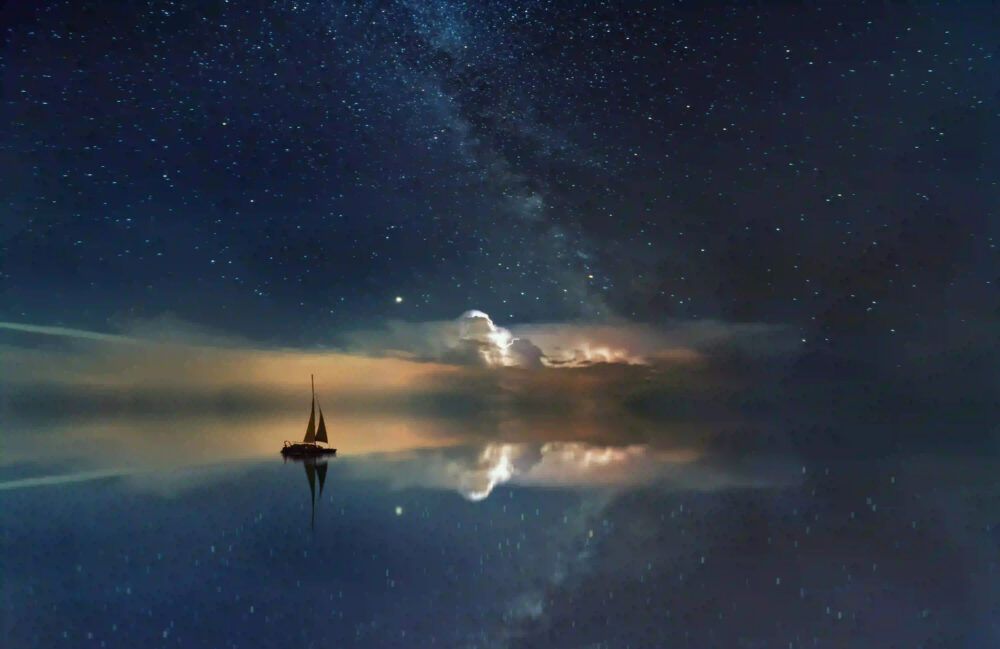The allure of the underworld has captivated human imagination for centuries, permeating ancient mythology, classic literature, and contemporary fantasy realms. From the shadowy depths of Hades in Greek mythology to the foreboding lands of Mordor in J.R.R. Tolkien’s Middle-earth, the portrayal of realms of the dead in fantasy literature has been a source of fascination and intrigue for readers and storytellers alike. In this exploration, we delve into the rich tapestry of underworld depictions in fantasy, examining the themes, symbolism, and cultural significance that underpin these evocative settings. Join us on a journey through the realms of the dead, where we unravel the threads of myth, legend, and imagination that have woven these compelling landscapes into the fabric of fantastical storytelling.
Unveiling the Mythic Underworld: A Tapestry of Cultural Perspectives
The concept of the underworld is deeply rooted in ancient mythologies and belief systems, reflecting diverse cultural perspectives on death, the afterlife, and the realm of departed souls. In Greek mythology, the realm of Hades served as the domain of the dead, presided over by the enigmatic god of the same name. Here, the River Styx, the judgment of the soul by the three-headed dog Cerberus, and the existence of Elysium and Tartarus all contributed to a complex and vivid portrayal of the afterlife.
Similarly, Norse mythology depicted the underworld as a realm ruled by the goddess Hel, where the souls of the dishonorable dead resided in Niflheim, while the honored warriors found glory in Valhalla. These mythic interpretations of the underworld continue to resonate in contemporary fantasy literature, infusing the genre with a sense of historical and cultural depth that enriches the narrative tapestry.
Symbolism and Allegory: The Underworld as a Reflection of Human Experience
In fantasy literature, the portrayal of the underworld often serves as a potent symbol, reflecting existential themes, moral quandaries, and the human experience of grappling with mortality and the unknown. The underworld becomes a metaphorical landscape where protagonists confront their fears, wrestle with ethical dilemmas, and embark on transformative journeys of self-discovery.
The descent into the underworld frequently parallels the hero’s journey, echoing the archetypal motif of venturing into the unknown to seek wisdom, redemption, or the resolution of inner conflicts. Through encounters with spectral entities, enigmatic deities, and the echoes of the past, characters navigate a symbolic landscape that mirrors the complexities of the human psyche and the enigmas of existence.
The Lure of the Underworld in Modern Fantasy: From Classic Works to Contemporary Epics
From the infernal landscapes of Dante’s “Inferno” to the haunting realms of Neil Gaiman’s “Neverwhere,” the underworld has remained an enduring motif in fantasy literature, evolving and adapting to suit the thematic preoccupations of different eras and authors. In J.K. Rowling’s “Harry Potter” series, the enigmatic Department of Mysteries and the spectral “Veil” evoke a sense of otherworldly mystery and the tantalizing prospect of glimpsing beyond the veil of mortal existence.
Contemporary epic fantasies, such as Brandon Sanderson’s “Cosmere” universe and N.K. Jemisin’s “The Broken Earth” trilogy, also feature vivid renditions of afterlife realms, where the boundaries between life and death blur, and the nature of existence is redefined in breathtaking and thought-provoking ways.
The Quest for Meaning: Exploring the Underworld in Fantasy
The portrayal of the underworld in fantasy literature invites readers to embark on a quest for meaning, confronting profound questions about mortality, morality, and the nature of the human spirit. By venturing into these evocative realms, readers are compelled to contemplate their own beliefs, fears, and aspirations, finding resonance in narratives that transcend the boundaries of time and culture.
As storytellers continue to weave new tales and craft imaginative worlds, the allure of the underworld remains an inexhaustible wellspring of inspiration, inviting readers to peer into the enigmatic abyss and discover the profound truths that lie hidden in the shadows of the fantastical realms of the dead.
Embracing the Enigma: The Enduring Allure of Underworld Realms
In conclusion, the depiction of realms of the dead in fantasy literature unveils a captivating tapestry of myth, symbolism, and existential inquiry, inviting readers to explore the enigmatic landscapes of the afterlife and contemplate the mysteries that dwell beyond mortal comprehension. Whether as a reflection of cultural beliefs, a metaphor for the human journey, or a source of timeless fascination, the underworld in fantasy continues to beckon us with its irresistible temptation, offering a glimpse into the ineffable mysteries that lie at the heart of the human experience.
Join us as we embrace the enigma of the underworld, delving into the rich legacy of fantasy literature and embarking on a journey through the realms of the dead, where the boundaries between the mundane and the mystical blur, and the eternal allure of the unknown beckons us to tread the shadowed paths of imagination.
I hope you find this exploration of underworld realms in fantasy literature engaging and thought-provoking. If you have a passion for fantastical realms and would like to delve deeper into this topic, feel free to continue the conversation!
